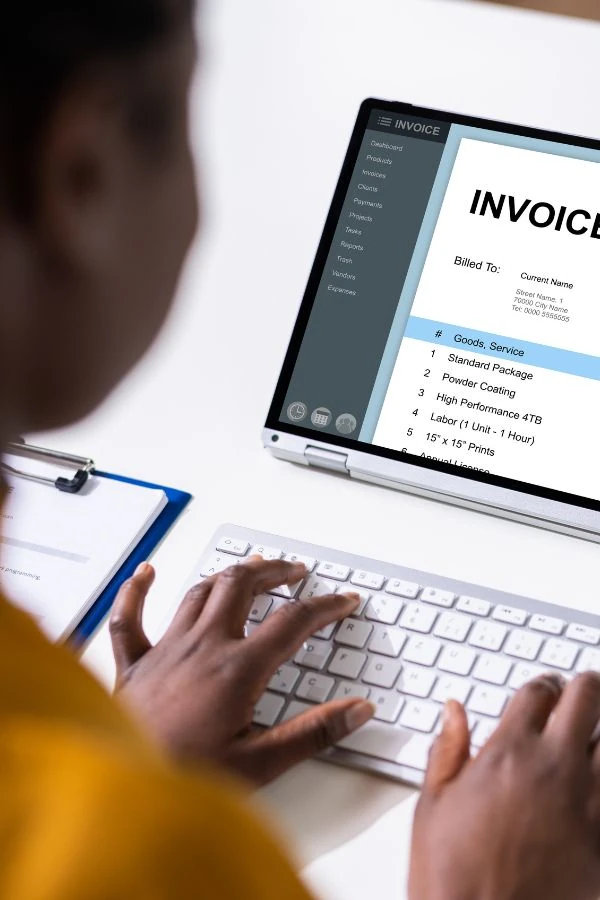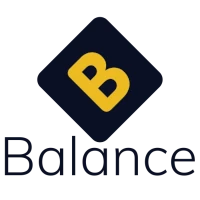Under Making Tax Digital (MTD), using MTD compliant software isn’t optional it’s a legal requirement if you want to submit your VAT returns, income tax updates, and soon Corporation Tax returns digitally to HMRC.
Whether you’re a sole trader, a landlord, or run a limited company, choosing the right MTD software is essential for:
- Staying compliant with HMRC’s digital links and reporting rules
- Saving time on bookkeeping, submissions, and admin
- Keeping your records secure, accurate, and ready for inspection
This guide explains what makes software MTD compliant, what features to look for, popular tools for VAT, income tax, and corporation tax, and how to choose the best option for your business.
What Is MTD Compliant Software?
MTD compliant software is any software tool, platform, or app that meets HMRC’s requirements for Making Tax Digital. To qualify as compliant, the software must be able to:
- Keep and maintain your digital tax records securely and accurately.
- Create and store digital summaries of transactions, such as sales, expenses, or rental income.
- Communicate directly with HMRC through a secure Application Programming Interface (API) no manual data entry or uploading spreadsheets alone.
- Submit tax returns, quarterly updates, and final declarations for VAT, Income Tax, or Corporation Tax in line with MTD rules.
HMRC maintains an official list of approved MTD software providers, covering:
- Full cloud accounting platforms like Xero, QuickBooks, FreeAgent.
- Bridging software tools that connect spreadsheets to HMRC’s system if you’re not using a full accounting solution yet.
- Niche tools specialist apps designed for landlords, freelancers, or industries with unique tax needs.
Tip: You can view the current list of approved software on GOV.UK: Find software that works with Making Tax Digital.
Who Needs MTD Software?
If you’re affected by any of the current phases of Making Tax Digital (MTD), you must use MTD-compatible software to remain compliant with HMRC’s digital reporting rules. Manual submissions and paper records are no longer accepted.
Here’s who needs it right now:
| MTD Phase | Who It’s Required For |
| MTD for VAT | All VAT-registered businesses — mandatory for everyone since April 2022, regardless of turnover. |
| MTD for Income Tax (ITSA) | Sole traders and landlords with annual gross income over £50,000 from April 2026, extending to those over £30,000 from April 2027. |
| MTD for Corporation Tax | Cancelled. HMRC has confirmed there are no plans to introduce MTD for Corporation Tax. |
Key Point
Even if you currently use spreadsheets for bookkeeping, you cannot submit to HMRC manually under MTD. You’ll need bridging software to create a secure digital link between your spreadsheets and HMRC’s systems.
Expert Tip: Switching to fully integrated cloud accounting software is usually the smarter move. It saves time, reduces errors, and offers better visibility of your finances compared to managing spreadsheets and bridging tools separately.












